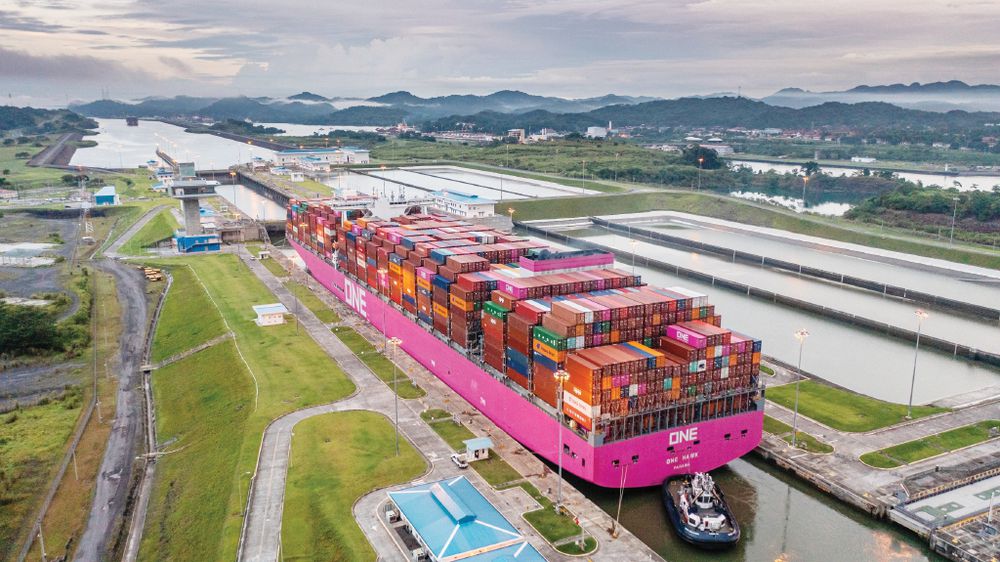Driest-year-ever strategy for Canal

The Panama Canal’s response to climate change in 2020 will be to work as if it were the driest year in its history, which will be a tolerance test for waterway operations.
On December 31 the Canal administrator, Ricaurte Vásquez, warned of lack of rain, with the purpose of trying to conduct the entire operation efficiently and guaranteeing the future traffic of ships.
It is assumed that by mid-January Vasquez will have the result of the analyzes that have been made regarding operations under these extreme conditions.
On Monday, January 13, the roadmap that the waterway will assume could be revealed. The announcement will be given by administrator Vásquez, who has previously commented that “so far this century we have seen new opportunities and threats, most of them, climate change that clearly affects us.”
Water saving
* Suspension of power generation at the Gatún hydroelectric plant since October 2018 so as not to wastewater through the turbines.
* During the transit of ships, hydraulic assistance was eliminated in the Panamax locks, which expedite the transit of ships, but imply greater use of water.
* Cross locks. With this, water is sent between the two lanes of the Panamax locks during transits, to reduce their discharge to the sea. * The use of water-saving tubs in neo-Panamax locks is maintained.
2019 concluded as the fifth lowest year of the last 70 years in terms of rainfall in the Canal River Basin.
The Canal Authority confirmed that last year there were 2,149 millimeters of precipitation, which represents 20% below the historical average of 2 695 695 millimeters.
2019 Vásquezsais that “ at present we cannot forget that the main asset of our operation is water, and that it is being affected by climate change, impacting rain patterns and, consequently, the capacity to supply the lakes that supply water to more than half of the population of the country and give reliability to the transit of ships ”.





